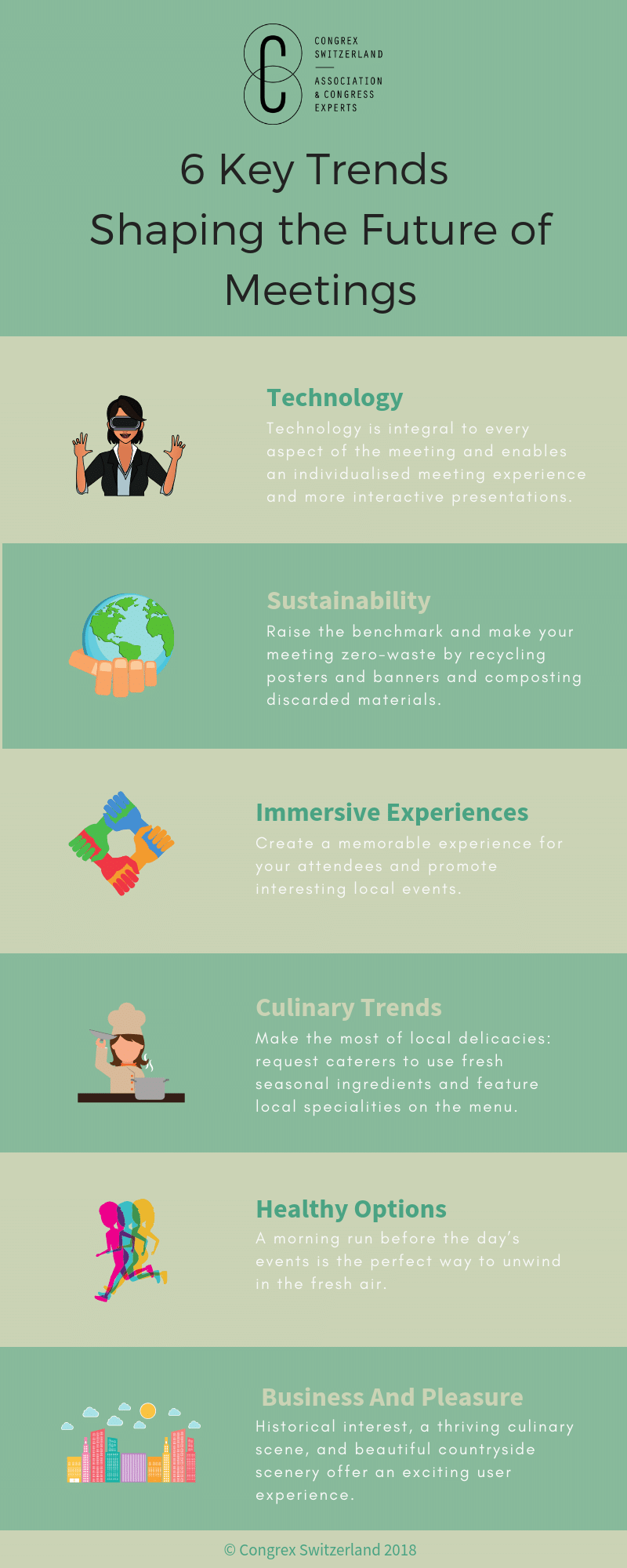Many aspects of our lives have recently shifted to online solutions, and that includes learning. Educational institutions were among the first to switch to online platforms at the start of the pandemic and were able to provide continuity of service even amidst serious disruption. Many of these institutions already used online learning platforms, while others combined e-learning with traditional classroom environments. In any case, their preparedness paid off.
Educational institutions aren’t the only organisations that can benefit from implementing digital learning. Online learning strategies are open to any organisation that wants to spread knowledge and help others grow. Since these elements are at the heart of professional associations, it makes sense to examine how you can incorporate online learning for better member engagement.
The First Steps In Designing Effective Online Learning Strategies For Member Engagement
First, ensure all stakeholders understand the benefits of strengthening your online learning programme.
The second step involves requesting feedback about your members’ needs, since they may have changed over the past year.
Once you define those needs, balance them against your association’s goals. Key questions to ask include:
- Where is the common ground?
- Which of those needs must be prioritised?
Next, match needs and learning objectives. In short, decide what will members accomplish once the learning process is complete. If your association already offers training (whether in person or via online courses), determine if current needs match your existing learning objectives. If not, it’s time to design content from scratch.
But before doing that, it is useful to understand the key guidelines that help create an engaging learning environment.
Setting Up A Productive Learning Environment
To create a motivating virtual classroom environment, carefully plan design, features, and content.
Sustaining motivation can be harder in e-learning environments than in face to face settings, especially since many professionals today struggle with online fatigue.
To combat this, Learning theories, the ERGA learning model – Experience, Reflect (observe) Generalize and Apply, mentioned by our Congrex’ Account Manager Jeff Bateman in this interview, or the ARCS Model Of Motivational Design Theories can be applied to e-learning contexts:
1. Attention
Educators with experience teaching online know that surprising or challenging the learner is a good way of getting their attention and preventing boredom. Achieve this by delivering content in multiple formats and catering to different learning styles (i.e. expanding beyond long-form content and including videos, tutorials, quizzes, etc.).
2. Relevance
Content should be relevant to your members’ goals and skills and must be designed to have a practical application. Make sure to use real-life examples, case studies, and group work that fosters the exchange of professional experiences.
3. Confidence
Members who feel valued and confident in their contribution to an association are more likely to be fully engaged in the learning process. Make sure to request feedback often and act upon the findings. This will support students in achieving their learning outcomes.
4. Satisfaction
Platform design, user experience, and content should reinforce the value and enjoyment found in the learning experience. And when learners are satisfied with their achievements, they are more likely to get involved in future training.
Choosing A Learning Management System
Modern learning management systems (LMS) are built to be accessible and engaging, so there’s no need to reinvent the wheel. Here you can find an overview of LMS features that are particularly useful to associations.
The best LMS platforms have a strong focus on eLearning Content Standards. These are technical specifications that set the necessary foundations to sustain high student engagement levels and include standards for assessing work, uploading content, and facilitating member discussions.
The key is choosing the platform that facilitates the highest possible degree of personalisation, irrespective of how and when students access the content. In practical terms, this means choosing a system that lets you create individual learning paths and that follows the anywhere-anytime model.
Ease of use is another important consideration. Even simple actions like being able to log in from a social media platform like LinkedIn (where members may already have a profile) can ease the path towards their learning goals.
Networking & Interaction in off and online learning
Professional learning programmes are rarely 100% educational. In-person events and courses also have a strong social component. They present opportunities for networking and collaborating in small groups Do not overlook this aspect when designing online learning experiences.
Discussion groups, forums, chat rooms, and panel discussions can all facilitate interaction and promote active participation. Their success is based on the principles of collaborative learning, which prioritises group work, peer teaching, and shared experiences.
At the same time, planning activities that encourage interaction can strengthen the reputation of your association as a community-oriented organisation.
Assessments, Rewards & Incentives
Well-designed assessments can keep students motivated. Ideally, you want to use a mix of formal and informal methods. Make sure to clearly outline goals and assessment criteria from the start.
Moreover, self-evaluation methods (such as portfolio-based assessments) can contribute to deeper learning given that they encourage students to reflect on the practical and personal value of educational content.
Do not limit rewards and incentives to conventional certificates. In addition, use virtual badges, leaderboards, and online award ceremonies to reward students work and to acknowledge their progress.
Similarly, micro-credentials are already on the rise in the labour market and can be applied to any learning setting. This requires dividing the learning process into multiple stages, each associated with a skill, topic, or competence. The model suits self-directed or self-paced learning, which is often preferred among working professionals who are used to organising their workload and setting their own goals.
Conclusion
In the era of online learning, virtual training and education programmes are valuable tools that can help associations achieve higher member engagement. The key is to formulate a strategy that unites association goals and your members’ professional development needs and to ensure that interactive, collaborative, and personalised methods and content permeate every aspect of your association’s online learning strategy.
Get in touch with our team if you would like to know how to make online learning part of your association’s growth strategy.
——
Congrex Switzerland is an internationally operating agency delivering customised solutions. This encompasses the overall organisation of conferences and meetings, including the management of hotel rooms and strategic consultancy. Annually Congrex Switzerland organises approximately 45 events with over 73’000 delegates. Amongst our clients are international associations, governmental organisations and corporations.








